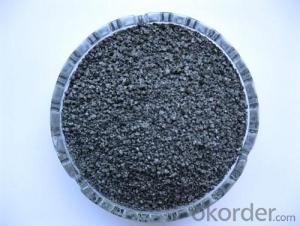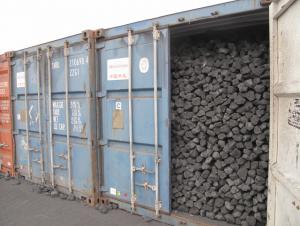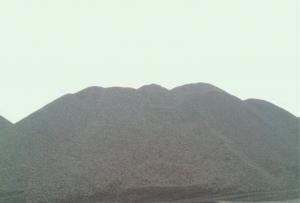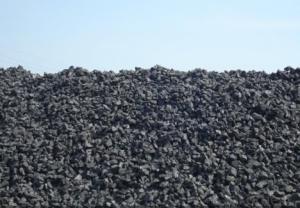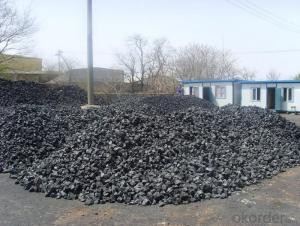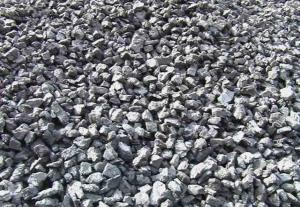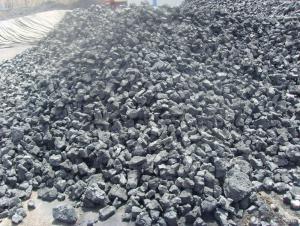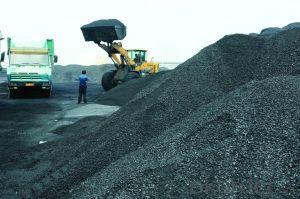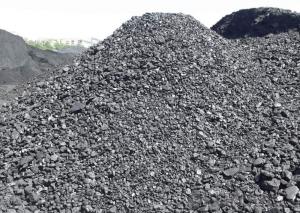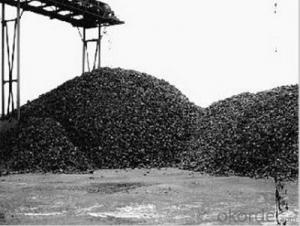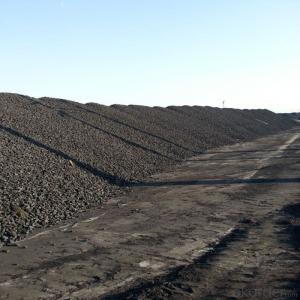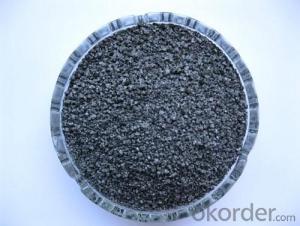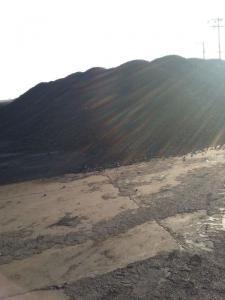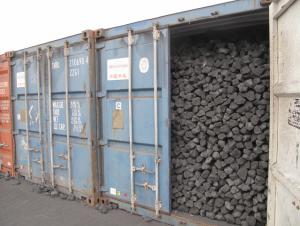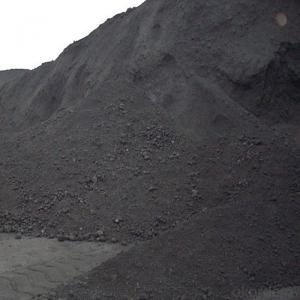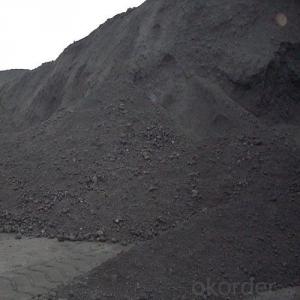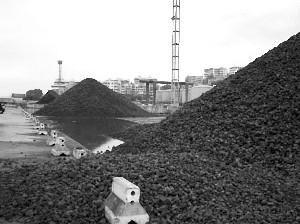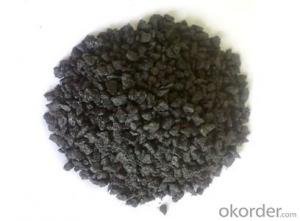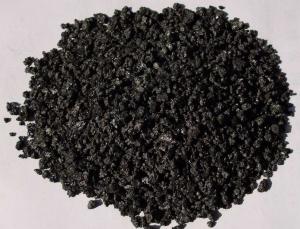NUT Coke of 20-50mm
- Loading Port:
- China Main Port
- Payment Terms:
- TT OR LC
- Min Order Qty:
- -
- Supply Capability:
- -
OKorder Service Pledge
OKorder Financial Service
You Might Also Like
Our company began to export coke when China cancelled 40% of coke export tariffs and quotas on January 1, 2013.
ITEM GUARANTEED REJECTION
MOISTURE (as received) 8%MAX DEDUCTION FROM B/L WEIGHT.
ASH (dry basis) 13.5%MAX ABOVE14%
VOLATILEMATTER (dry basis) 1.5%MAX ABOVE1.9%
FIXED CARBON (dry basis) 85%MIN BELOW 83%
SULPHUR (dry basis) 1.0%MAX ABOVE1.3%
SIZE: 20-50MM 90%MIN
(-) 20MM 5%MAX ABOVE10%
(+) 50MM 5%MAX ABOVE10%
At present, the main customers are NOBLE GROUP, IMR and so on. Our main overseasmarkets are Japan, India, Brazil, Iran, Vietnam, and so on.
Let me know your demands then I can check availability.
- Q: What are the companies that produce coke
- Too many enterprises to produce coke. You search on Baidu, coke, a lot of business
- Q: What is cokeWhat applications are, what is the fire of Malachite copper
- Malachite is a kind of copper, copper smelting with coke burning malachite is under high temperature.
- Q: How to calculate the average particle size of coke
- Broken before and after the comparison of granularity, see D50 on the line. There are many kinds of average grain size, and the calculation steps are more complicated.
- Q: How much coke can a ton of coal
- The ratio is about 1 to 0.7, that is to say, 1 kilograms of about 0.7 kg coke coking coal coke, coke did not reach 0.75 kg, 0.71.Don't listen to them char 1.4:1, personal feeling.
- Q: With the number of 1 tons of steel smelting coke
- The use of coke pig iron smelting blast furnace, for each different, which is each blast furnace coke ratio (the ratio of the iron smelting a ton of coke by iron determined how many meals). The country or the world, the iron and steel enterprises coke are not the same, the coke rate is as low as possible, but there are many factors which restrict the level of coke, such as advanced level equipment, raw material and fuel quality, or the operator level, advanced process and so on many factors which influence
- Q: I now do a good job in the coke network editor, I would like to know more about coke
- Coke is mainly used in blast furnace ironmaking and smelting of non-ferrous metals such as copper, lead, zinc, titanium, antimony, mercury and so on. In the process of blast furnace smelting, there are four kinds of functions, such as heat supply, reduction, material skeleton and carbon supply.
- Q: I work in the coking plant, so there are conditions to get coke and is burning, I would like to use coke barbecue line? Just like charcoal Mutton Cubes Roasted on a Skewer, OK? Understand the answer
- Coke is mainly used in blast furnace ironmaking and smelting of non-ferrous metals such as copper, lead, zinc, titanium, antimony, mercury and so on.
- Q: In the coke analysis index, M40% and M25% respectively mean what?
- (2) mainly used in: Coal Science and Technology (first level), coal processing and utilization (level two), coal chemistry and coal quality analysis (level three)
- Q: What is the difference between coke and coking coal
- Coke: a solid fuel, hard, porous, high calorific value coal. High temperature carbonization made for ironmakingTypes of coke:Coke is usually divided by use of metallurgical coke (including blast furnace coke, coke and iron alloy coke, calcium carbide and coke gasification etc.) with coke. The pressurized pulverized coal forming coal, coke carbonization etc. in the new postprocessing process called Formcoke.
- Q: How much coke is needed for a ton of iron
- 1 tons of iron: iron ore + + coke 340kg + pulverized coal injection 130kg,The process of extracting iron from iron containing minerals, mainly iron oxides, is mainly composed of blast furnace, direct reduction, smelting reduction and plasma method. From the perspective of ironmaking is metallurgy, iron rust, inverse behavior gradually mineralized, simple, pure iron reduction from iron compounds. Pure iron is not common in actual production. More iron carbon alloy.
Send your message to us
NUT Coke of 20-50mm
- Loading Port:
- China Main Port
- Payment Terms:
- TT OR LC
- Min Order Qty:
- -
- Supply Capability:
- -
OKorder Service Pledge
OKorder Financial Service
Similar products
Hot products
Hot Searches
Related keywords
